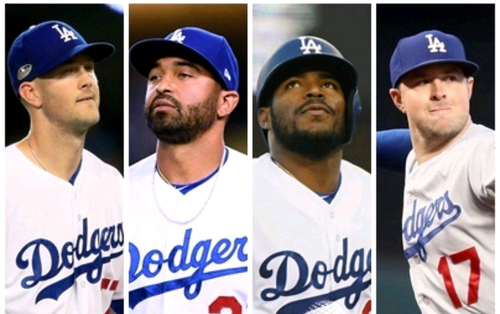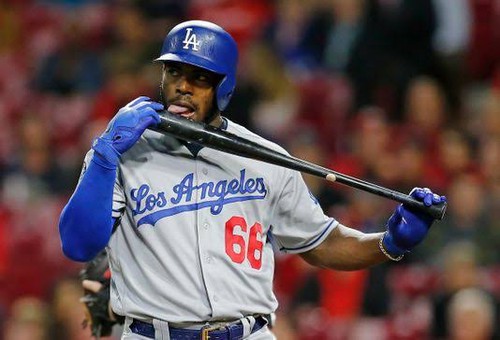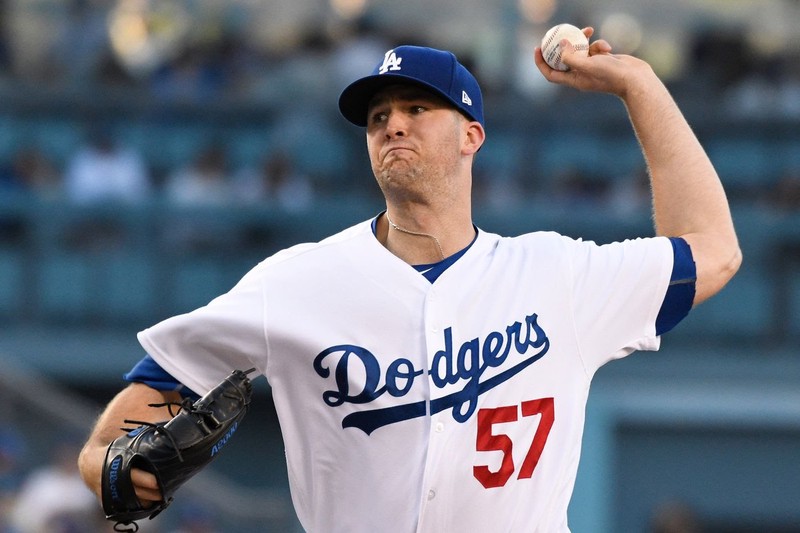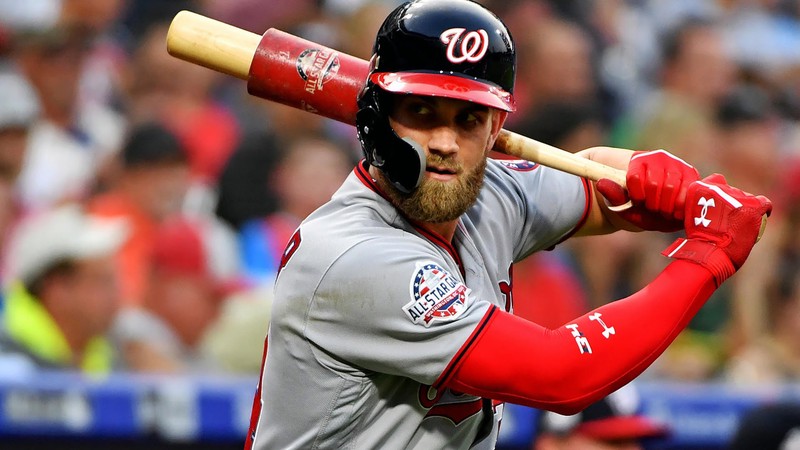
The big deal of the Los Angeles Dodgers and Cincinnati Reds, where seven players changed teams last weekend, was a very different transaction from a regular trade.
Traditionally trade Both parties have to trade similar values because the trade is far from common sense at first glance. No matter how tearful it was, it seemed unbalanced and the one side seemed to be unilateral trade. However, it is interesting to note that a team with a disadvantageous deal has a smile that relieves the heavy burden and improves the flexibility of the team.
Let's review the trade history first. The Dodgers sent four players including starting pitcher Alex Wood, outfielder Matt Kemp, Yasiel Puig and utilityman Kyle Farmer to Cincinnati for $ 8 million in salary aids, veteran starter Homer Bailey and prospectors Jeter Downs.
But Bailey was released immediately after the trade, so the Dodgers only got two prospects for the deal. They were not classified as high-profile prospects who could grow into a big league star soon.

On the other hand, all the Dodgers to Cincinnati were star players who were sure to play in the major leagues next year. Lefty Wood has been told that he can play in Cincinnati as a starter in the team next year, and Kemp and Puig are also good players.
Farmer, who is the least known of these, is also a player with a strong ability to become a regular member of the Cincinnati lineup. In the end, the Dodgers have compared four big leaguers with two average prospects. If you compare only Ogren players, you can see that they are not balanced at all.
Nevertheless, this trade was possible because the trade was not merely exchanged with the players but with the salaries of the players involved. In other words, comparing the skills of the Ogan players may not be balanced at all, but if they compare the flow of money due to their movements, the balance will be a little bit balanced. If you compare the salaries of the players who have left and the salaries of the players they have received, the background for this trade will begin to come into sight.

Bailey, who first went to Cincinnati, will have $ 23 million in salary next year, $ 25 million in 2020, or $ 5 million in buyout. However, Cincinnati was a "hard-to-get" player, who could not be a source of power anymore, as he was 1-1, 14, and 6.09 ERA this year. The $ 28 million next year, combined with the buyout, is not part of the team that wants him, even if he does get salary aids.
The Dodgers have been willing to give him four big leaguers. Why did it? Of course there is a reason. The Dodgers have said they will send four of them to Bailey's $ 28 million dead contract and $ 7 million in cash for a $ 7 million salary reduction. In addition to reducing the actual salary, it is also a great help in calculating the team's salary, which sets the baseline for levying the major league tax levy. The team payroll reduction effect is as high as $ 16 million.
Of course, money calculation alone does not explain everything. Here we need to consider the situation in the team that these players are in. The four players who went to Cincinnati were surely major leaguers, but the Dodgers were all classified as surplus.
The Dodgers are an early team that is beyond the thick of the starting pitchers, Already Corey Glover is interested in signing up for another Ace. Wood, who was 9-7 with 27 starts this year, was a good starting pitcher but he had no place in the Dodgers.
Puig and Kemp are the same. The Dodgers are outfielders, but they do not feel any impact when they leave. Rather, it was very likely that we had to struggle to get rid of the traffic, but the possibility of this trade was lowered.
If you look at it like this, you will be able to move to the center of the scale exquisitely. That's a lot of money, "he said." It's a nonsense trade that brings four major league players to $ 7 million in cash and then gets two players out of the box and two unknown prospects for help. Good 'style of trading. In the major leagues these days, the term "baseball money-laundering" has emerged.

In fact, these 'money laundering' trades are not very new these days, so some fans will understand soon after hearing a little explanation. But that does not mean everyone agrees with the deal. Even experts in the United States are disagreeing with the question of who is the best trader for this trade.
Especially, the small market team Cincinnati has a lot of controversy about the gains made by this trade. It is said that if the deal is not able to compete in the postseason competition anyway, it has obstructed the growth process of the prospects in the team anyway.
Meanwhile, the first thing that came out of the deal was that the Dodgers had set up a podium to sign up for superstar free agents (FA) Bryce Harper. He has reduced his overall team payroll, and has sent out two outfielders to set up vacancies for Harper.
Still, the question is whether the Dodgers will go out for Harper. Harper's contract is not much bigger than the contract, and the Dodgers' top-notch contract has never been a big deal, but Harper, who is dreaming of a $ 400 million deal over the past 10 years, This is because it does not fit.
Another consideration is the extreme hit imbalance of the line. In the Dodgers, who have only a few right - handed spurs, it 's going to be extremely unbalanced to get the right - handers, Kemp and Puig, and another lefty batter, Harper. When Corey Drew Seager comes back from injury at the shortstop where Manny Machado is leaving, Justin Turner is the only right-handed ball in the Dodgers. It's almost impossible for Harper to sign another right-handed pitcher, so the Dodgers are unlikely to hunt for Harper.
In the end, the Dodgers' goal is to lean toward a "money laundering" for the team's surplus power and salary cuts rather than laying a pile for Harper. Of course, if Harper feels that the market is inexplicable and if he approaches the Dodgers more aggressively.
Comments